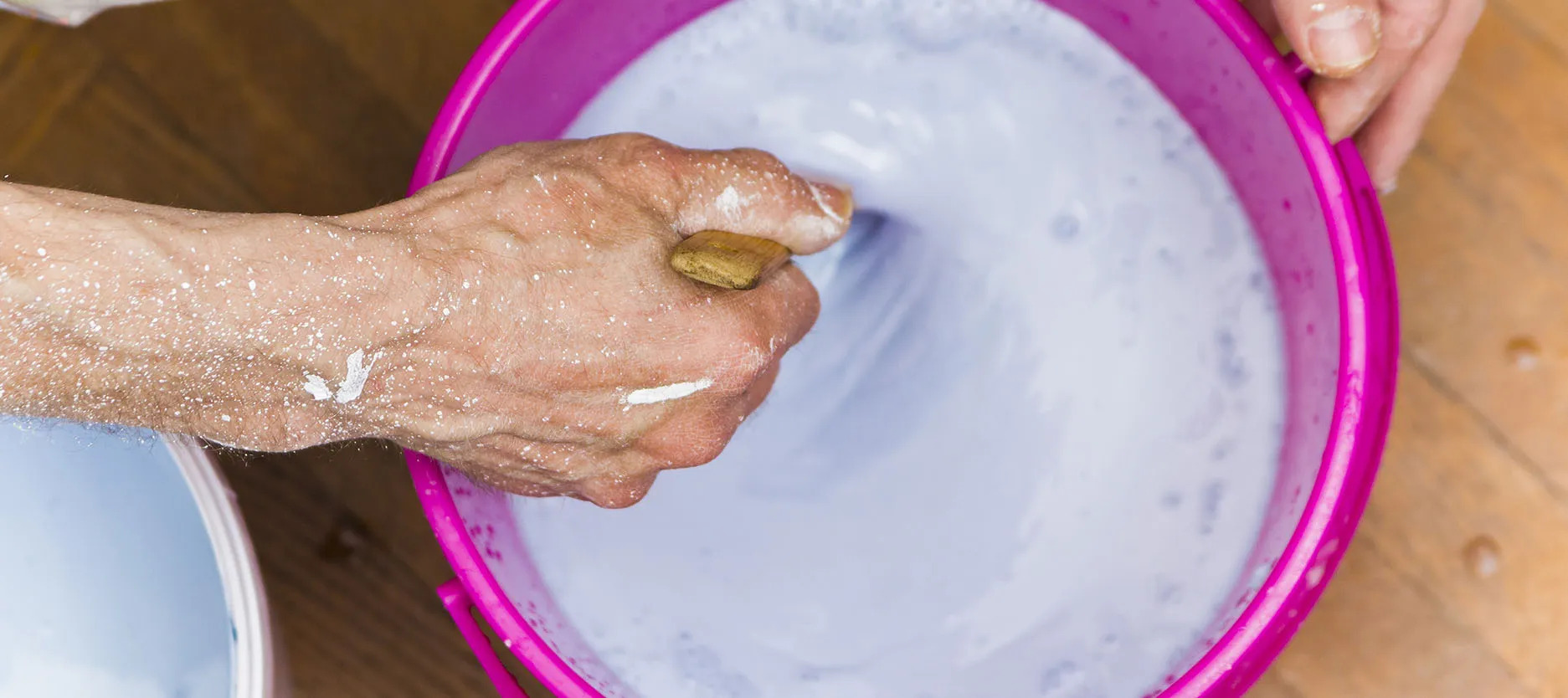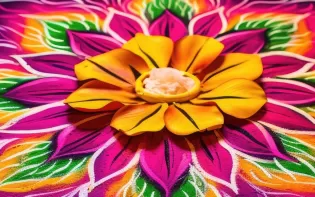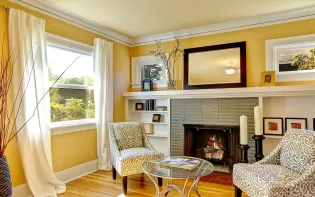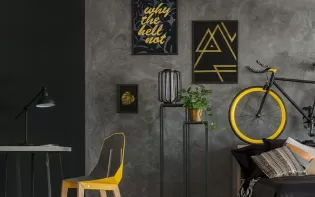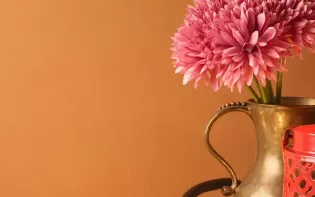
Emulsion Paint for Homes: A Complete, Easy-to-Use Guide
Published: 13 Jan 2022 | Modified: 06 Nov 2025
Quick Summary
- Emulsion paint is a water-based coating with low odour, fast drying, and better washability than distemper.
- The main types of emulsion paint include interior, exterior, speciality finishes (matte, satin, glossy), enamel-like tough coats, and low-VOC variants.
- Exterior emulsion paint adds UV, rain, and fungus resistance, while interior options focus on stain resistance and smoothness.
- For exterior wall protection in Indian weather, look for exterior emulsions with high UV stability, anti-algal formulas, crack-bridging flexibility, and at least 5-year performance warranties.
- Compared with distemper, emulsions offer stronger colour retention, reduced chalking, and easier cleaning.
- Popular emulsion paint colours remain warm whites, beiges, greys, soft greens, powder blues, blush pinks, and earthy terracottas.
- Emulsions suit both walls and ceilings; use flatter finishes on ceilings to hide imperfections.
- High-grade exterior emulsions withstand sun, showers, humidity, and pollution better than interior grades.

Create Your Dream Home With Our Painting Experts
Fill the form below to book a free site evaluation by Nerolac Nxtgen painting Services expert
Key Takeaways
Emulsion paint is a practical and good-looking way to refresh Indian homes. Know your surface, climate, and cleaning needs; choose the right type and finish; test colours in real light; and never skip preparation. Invest a little more in exterior-grade systems where the weather is harsh. With smart choices, your walls will look better, stay cleaner, and withstand daily life for years.
Nerolac Paints, a leading paint company in India offers a wide range of wall paint colours & painting services & solutions for homes & offices.
-
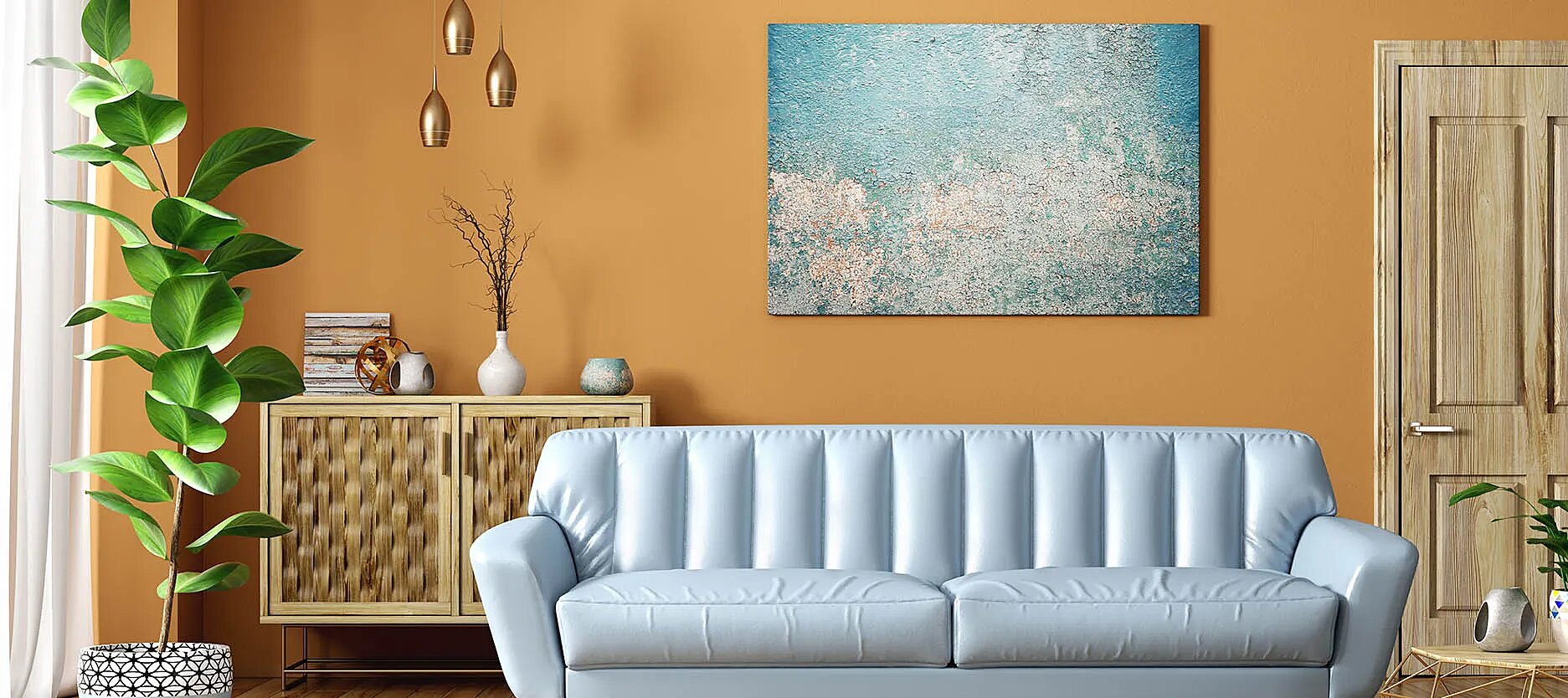
Best Colour Combination For Walls To Elevate Your Home Interiors Best Colour Combination For Walls To Elevate Your Home Interiors
Intoduction:In 2025, harmonious colour schemes for individuality and…
-
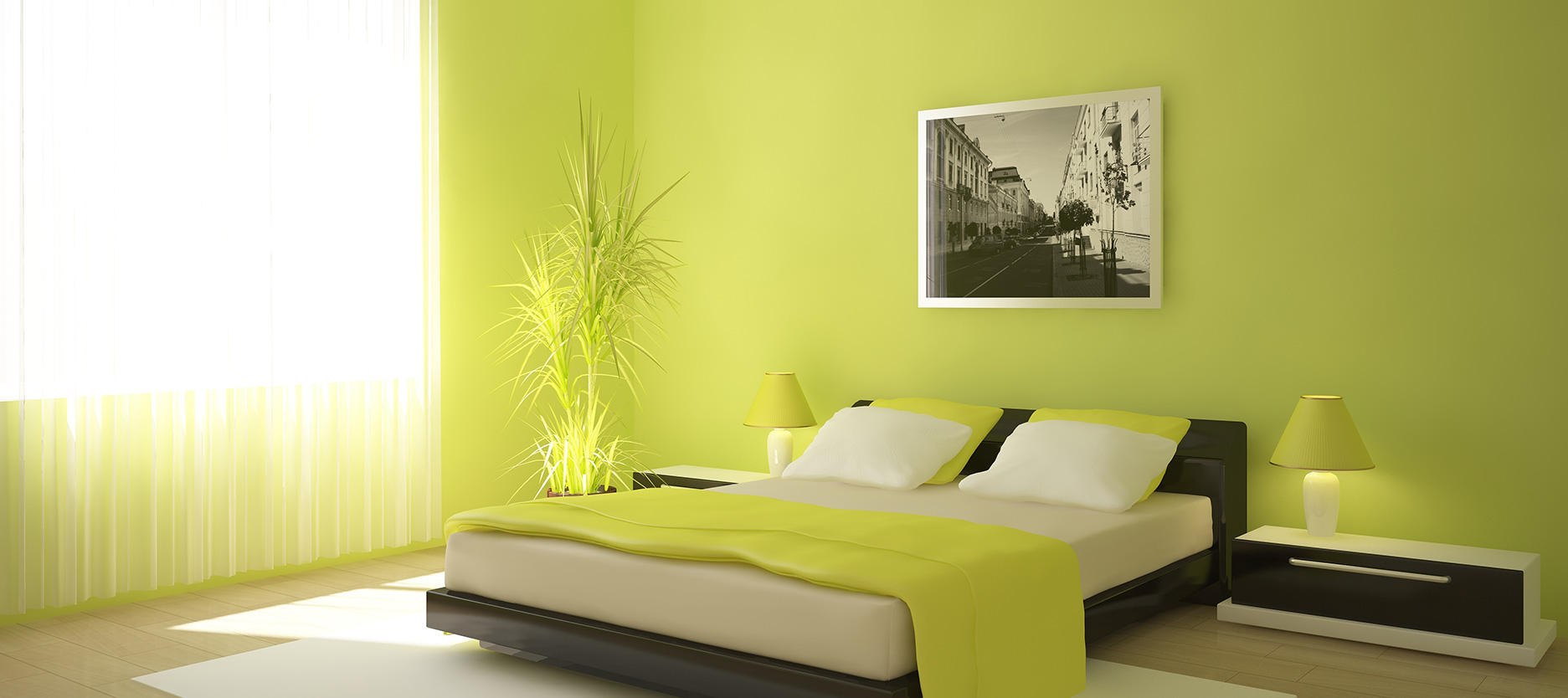
Best Green Colour Combinations for Walls – Schemes & Design Ideas Best Green Colour Combinations for Walls – Schemes & Design Ideas
Introduction:Green has long been a favourite choice in home decor…
-
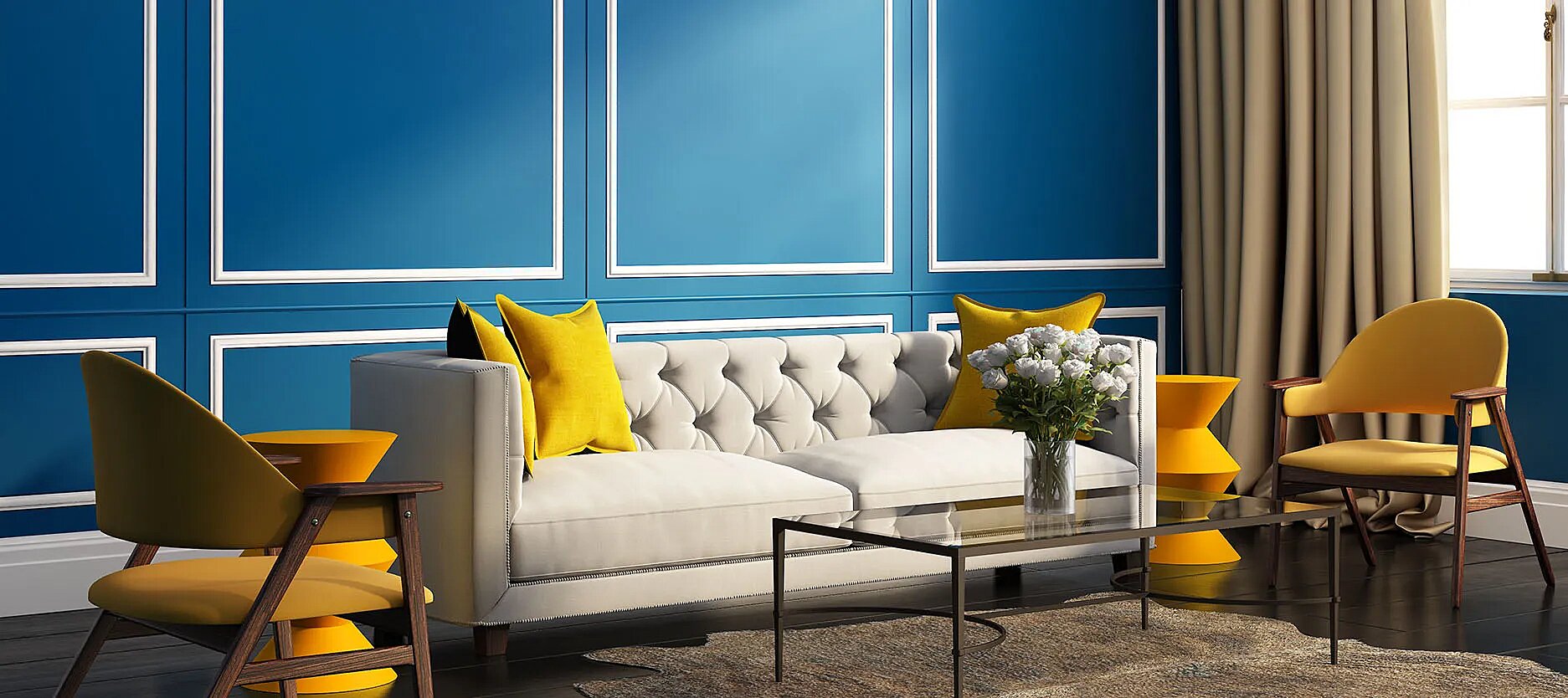
What Colours Match with Blue? 14 Colour Combinations with Blue for Your Home What Colours Match with Blue? 14 Colour Combinations with Blue for Your Home
Blue is a universally popular colour for décor and design; choosing a colour…
-
Recent Blogs
- Vibrant Diwali Decoration Ideas for Living Room, Pooja Room & Balcony
- Diwali Wall Painting Ideas – Easy Art & Colour Designs
- Festive Home Paint Colours: Transforming Your Walls and Décor
- Vibrant Diwali Paint Designs - Transform Your Home This Festival Season
- Creative Diwali Decoration Ideas for Indoors and Outdoors
-
Get in Touch
Looking for something else? Drop your query and we will contact you.
FAQs
What is emulsion paint used for?
What are the advantages of emulsion paints?
What are the disadvantages of emulsion paints?
Preferred areas or materials where emulsion paints can be ideally applied?
Are emulsion paints expensive than other paints?
Can you use emulsion paint on exterior walls?
How long does emulsion paint take to dry?
Get in Touch
Looking for something else? Drop your query and we will contact you.
Popular Post
Popular Searches
-

Get in Touch Get in Touch -

Store Locator Store Locator -

Download App Download App
Get in Touch
Looking for something else? Drop your query and we will contact you.

